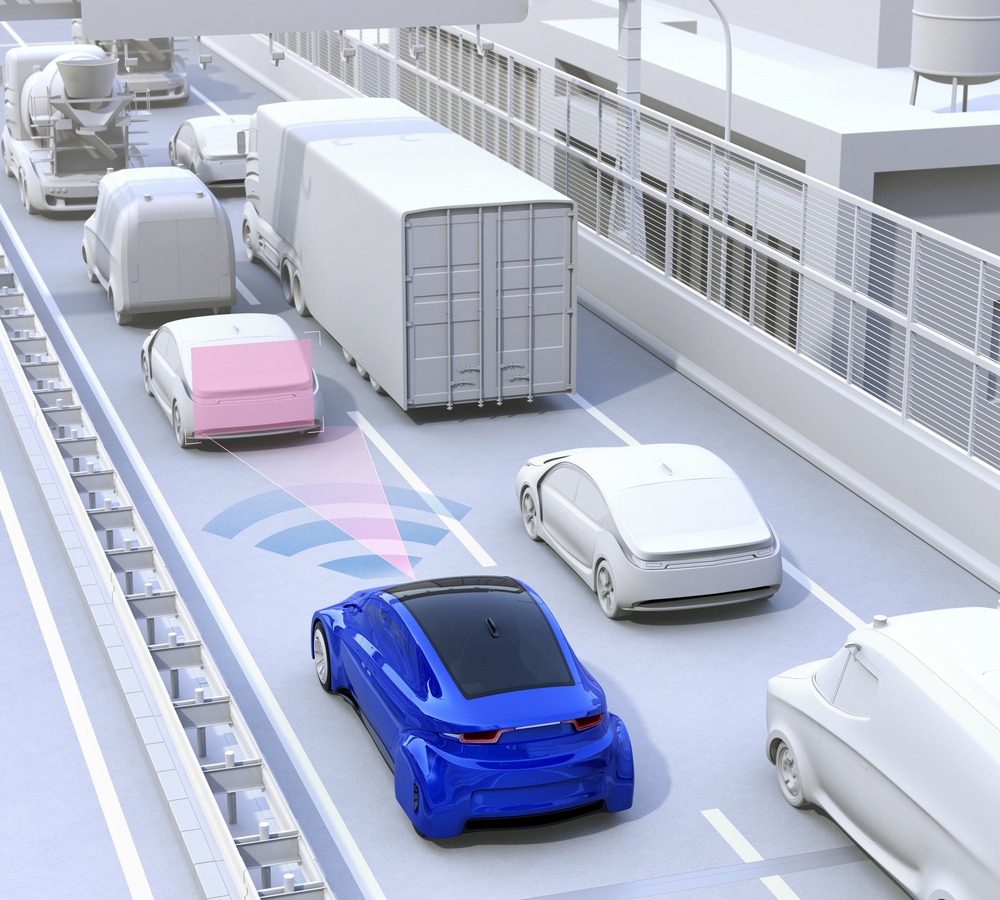
Four automakers included automatic emergency braking (AEB) as a standard feature in 50 percent of their model year 2017 vehicles, the National Highway Transportation Safety Administration (NHTSA) and the Insurance Institute for Highway Safety (IIHS) reported on Thursday.
The first update on manufacturers’ progress in equipping all vehicles with crash avoidance technologies also found that five automakers included AEB as a standard feature in 30 percent of their vehicles.
“The growing number of vehicles offering automated emergency braking is good news for America’s motorists and passengers,” Department of Transportation Secretary Elaine Chao said. “With each model year, manufacturers will increasingly utilize technology to allow vehicles to ‘see’ the world around them and navigate it more safely.”
Twenty automakers have volunteered to make low-speed AEB systems with forward collision warning (FCW) indicators a standard feature in all passenger cars by September 2022. The initiative is expected to prevent 28,000 crashes and 12,000 injuries by 2025, according to IIHS estimates.
“IIHS is pleased to see that automakers are steadily moving toward the shared goal of putting standard AEB into every new car they sell,” David Zuby, the executive vice president and chief research officer of IIHS, said. “This is a big win for safety on our nation’s roads, which will see fewer crashes and injuries because of this commitment.”
David Friedman, the director of cars and product policy and analysis at Consumers Union, said progress reported by automakers in 2017 is “great news,” but he added that only 19 percent of all 2017 models included lifesaving technologies as standard features.
“Automakers, safety groups, and the government should also work together to make highway operation and pedestrian detection standard features on all AEB systems,” Friedman said.